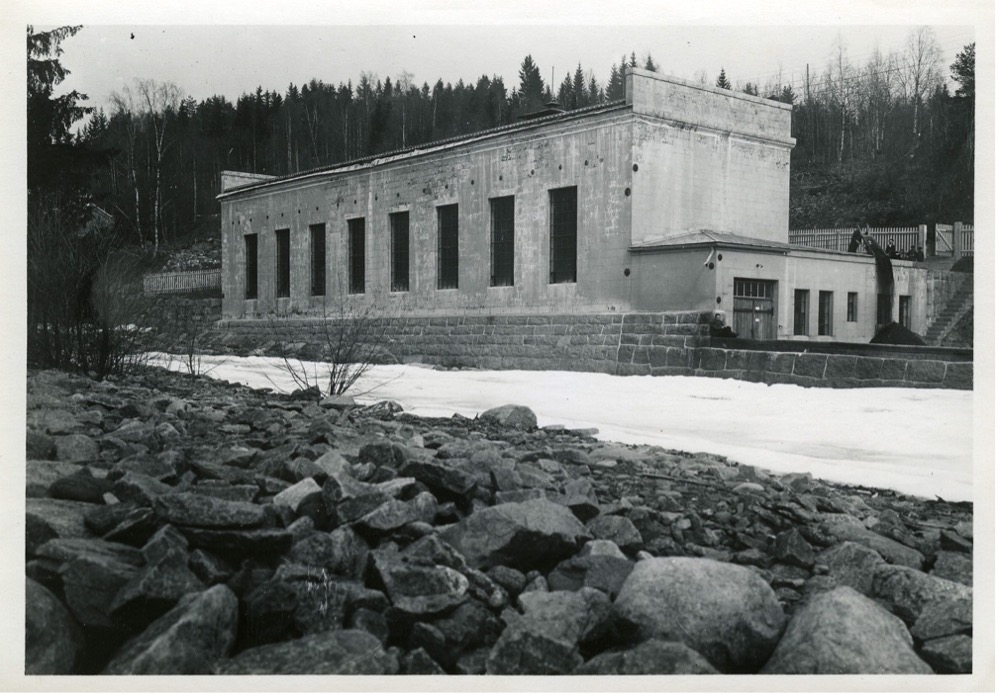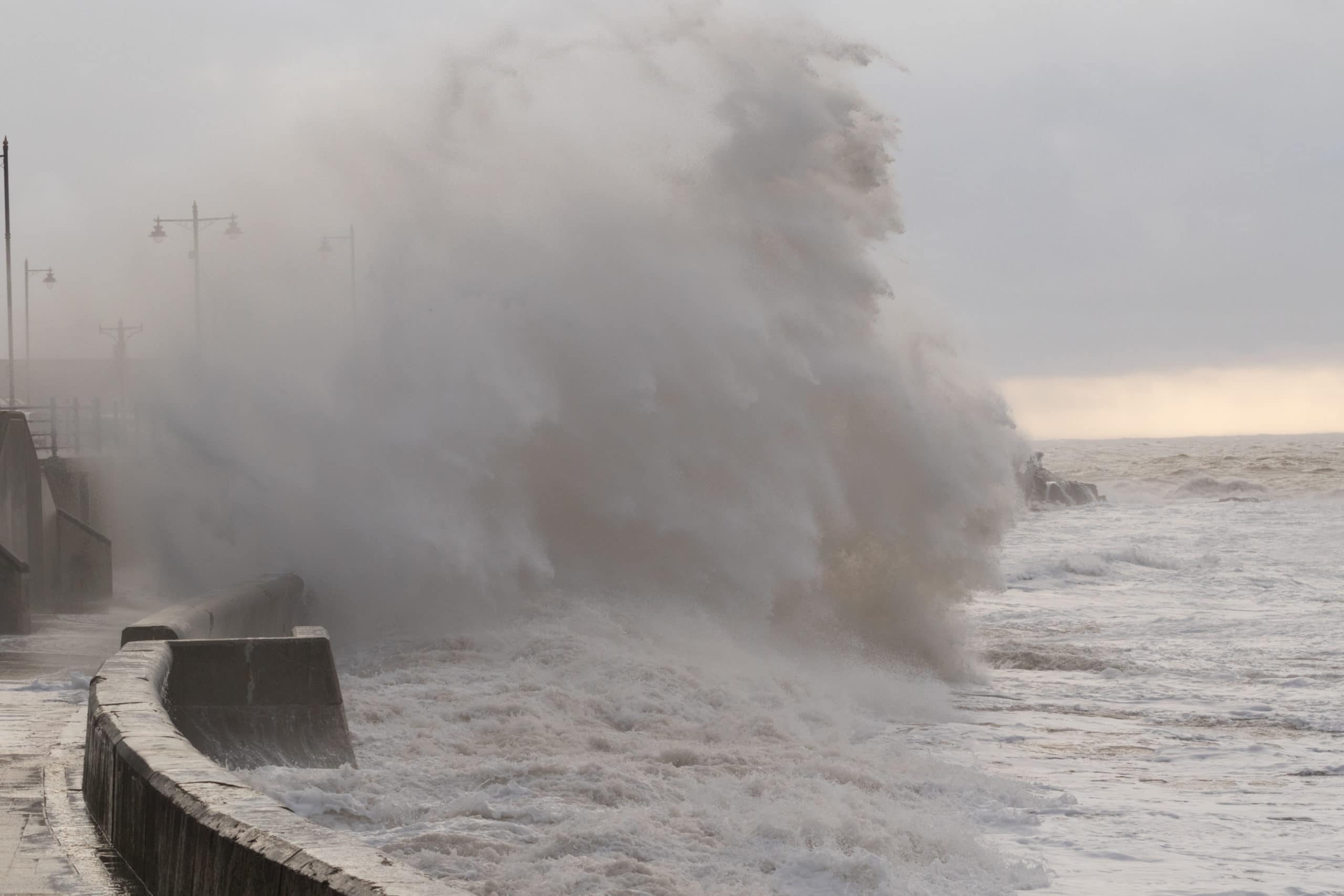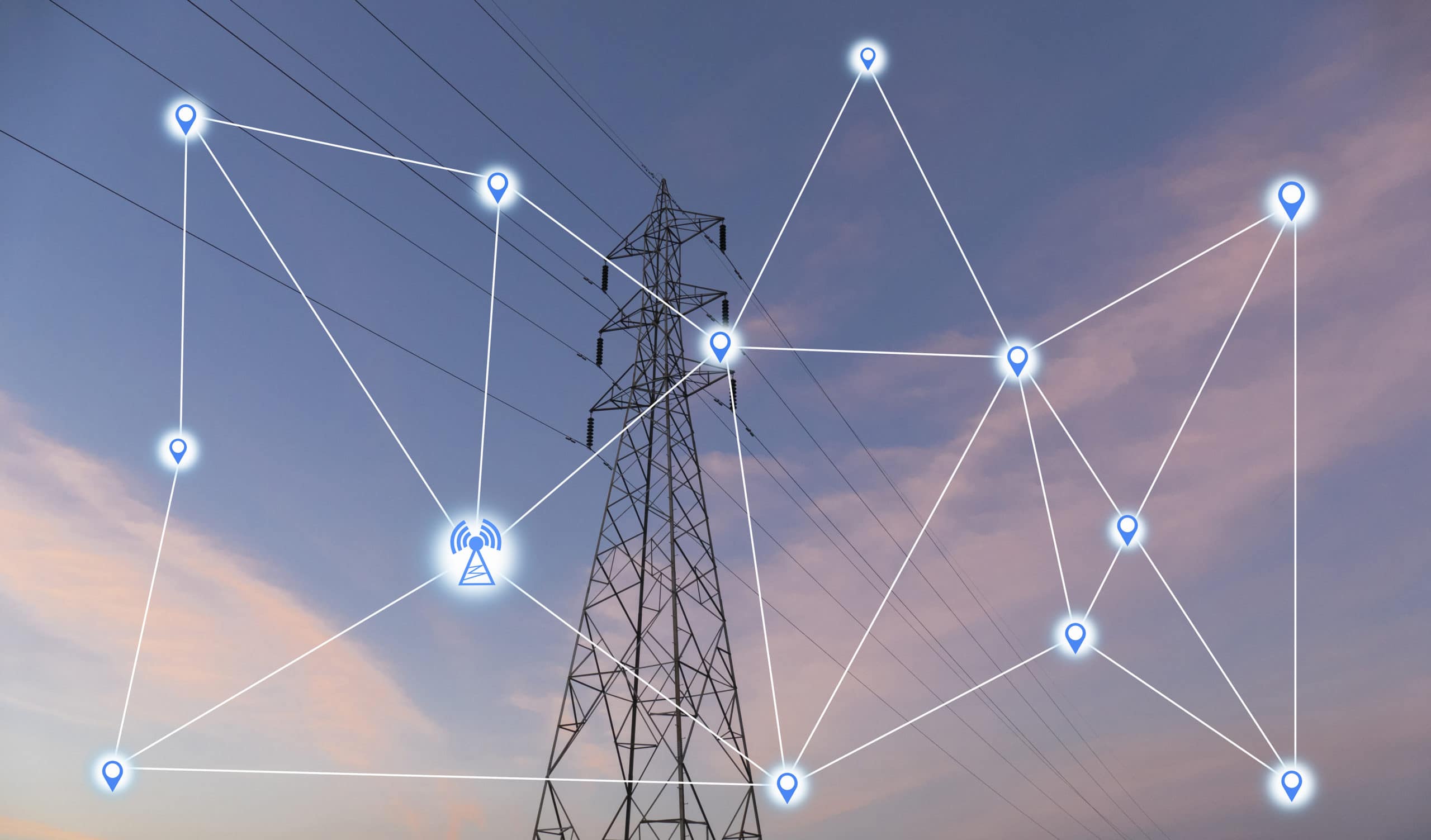Written by: Jens Haug
Power and electricity follow societal development
The power industry has played a crucial role in industrial and societal growth before and after the world wars. Before the First World War, street lighting was established, and even home lighting for privileged people. Then, in the 20s and 30s came boilers and heaters, which led to additional needs for power production and power lines. After World War II, electricity was essential for rebuilding the country, with additional needs for production facilities and power lines.

Today it is easy to take electricity for granted; we forget the history and the amount of work required to ensure a stable power supply. We expect electricity to come out of the socket and trust that future problems and changes will be addressed. But, unfortunately, it’s not that simple!
The players in the energy industry responsible for energy distribution, the DSO’s, are those that are directly connected to users and their needs. The DSO’s are thus closer to social development and can see changes, conditions, needs, and improvements earlier than others. Societal developments in recent years have resulted in a sharp increase in equipment and facilities that will use electricity (electrification), at the same time as a sharply increased digitalization (use of sensors, IoT equipment, computing power, and computer systems). We are in the age of Electrification!
Electrification entails a continuously increasing need for power – while at the same time, governments are reducing fossil energy sources. In other words, the pace at which renewable energy is supplied is unable to keep up with the need for power. In Norway, it is primarily the transport sector and the petroleum sector that need electrification. In Denmark, there are challenges with a lot of coal, gas, and oil used as power source for heating, while in Sweden, electrification of the industry is the biggest priority. In any case, the consequences of electrification in the Nordic countries will entail a severe need for investment in the power grid.
An analysis by Dansk Energi states that an additional 13 billion (in addition to 2019 investment levels) must be invested in the distribution networks up to 2030 to meet electrification needs. This number is provided that we do energy efficiency, leveling of peak loads, and other smart measures.
With this as a backdrop, what do power grid companies need to prepare for, plan for, and adapt to help solve climate challenges?
Extremely robust – against extreme weather
A known consequence of the climate challenges is more extreme weather. Several of these challenges will become more vital in the coming decades, including winds, storms, heavy rainfall, flooding and. The Nordic region has solid power grids, but further measures must be taken to minimize power outages, reduce damage to equipment and life, and health, and keep costs down. Undoubtedly, infrastructure designed and built for normal climatic conditions will be most susceptible to extreme weather.

Investments in a robust power grid are extensive and demanding, and this must be viewed from a broader perspective. De-centralized production is one example; a larger share of local production may contribute to a more robust power grid in relevant local areas. Batteries and microgrids are also solutions that can help strengthen the power grid. The DSO’s must be at the forefront of such solution discussions, together with actors.
Beyond the actual strengthening of the power grid, DSO’s must focus on extreme weather in their risk assessments. Increased use of sensors (IoT) and analytical tools using Big Data concepts will also contribute to faster response to fault fixes, an increased understanding of future challenges, and early predictions of errors that are about to occur.
If the DSO’s fail in this, future challenges in the power supply will be similar to countries we should not compare ourselves with.
Everyone must join – Fast and efficient inclusion of new actors
The DSO is “in the middle” of the energy challenges between production facilities, local resources, and consumers. The transition from fossil fuels to renewable energy sources is one of the most significant changes in society. New connection points are incoming, both from wind and solar power, and demand from the consumption side is sharply increasing, not only from electric cars, but also construction machinery, shipping, and transport are in a strong transition from fossil to electric. This transition is even more pronounced outside Norway since Norway is already in a unique position with a large share of hydropower.

The connection of renewable production sources on the regional power grid and the distribution power grid is growing rapidly and is an important measure to counteract climate challenges. DSO’s must therefore position themselves so that they are not “flooded” by connection requirements from production, industry, charging stations, and more, but instead have established processes that quickly analyze consequences and act.
Efficient power grid development requires good tools and processes, and not least a good interaction process with external actors. Therefore, the actors and DSO’s should be motivated by further streamlining such processes to succeed with the electrification process.
In addition to the major power grid actors (producers and consumers), there will be a sharp increase in small resources in the future, ranging from local production, local battery installations, electric cars serving as battery storage or heat pumps. This is relevant for private homes, industries and office buildings. The connection and interaction with these resources (so-called Distributed Energy Resources) will be an essential component for solving climate challenges, which the grid company consequently must also take control of.
Energy efficiency – for the environment and the money
Traditionally, the power grid company’s role has been to supply electricity to those who want it. However, climate challenges force the power grid company to play a more active role in influencing consumption patterns. DSO’s are self-interested, primarily to adjust power peaks so that significant investments in the grid can be reduced or postponed. Still, they should also take a wider role in introducing new solutions, influencing, and adapting to the future so that the electrification of society develops appropriately.
Solutions, where the grid company provides insight into consumption patterns, linking the grid company’s capacity challenges and customers’ flexibility, make sense in the bigger picture. Even tariffs that motivate customers to change consumption patterns. The DSO’s have not traditionally been most active in customer processes, but we believe this will change.

What’s more, there are great potentials in teaching consumers how to use less power. In Southern Europe, it has been much more common for decades to turn off electricity when leaving space. Especially in Norway with low prices, this has been done to a much lesser extent. The time has probably come to think of good old-fashioned moderation – preferably with good tips and solutions from the power grid company.
In addition to providing energy efficiency features, power grid companies must have insight into future needs and solutions. One example is the building standard Tek17, where homes hardly require energy. Such savings can almost outweigh the need for electrification of transport. Another example is to use batteries from electric cars as a means of keeping power spikes down. Future knowledge is therefore crucial when DSO’s plan tomorrow’s power grid.
Digitize and when you’re satisfied – digitize more!
In parallel with electrification and climate action, digitalization is one of the big areas of activity in the power industry. Digitalization has overturned several industries, new digital players have emerged, and traditional ones have disappeared. The power grid companies in the Nordic countries are monopoly enterprises, subject to strict frameworks and rules. Digitalization will, therefore not overturn in as brutal a way as in some other industries, and that’s a good thing – we need stable power grid companies that supply us with electricity!

Although digitalization will not overturn the power industry, there are still great opportunities for streamlining businesses by adopting new technology and methods. IoT (sensors), big data solutions, analytics, integration solutions, drone tools, cloud solutions, image recognition, and work management tools are all examples of areas introduced to the industry.
With a good approach to digitalization, a power grid company will be much stronger in the fight against climate challenges – planning, operation and maintenance can be carried out more precisely, faster, and with a higher degree of prediction against future scenarios. One simply has greater insight into the business and can make better decisions about climate action. At the same time, a correct digitalization strategy will also contribute to less consumption, less transport, fewer large investments, and less waste. It is important not to forget about the power grid company’s own contribution to the climate.
Climate engagement and taking social responsibility
Historically, the power industry has been considered a defiant service – difficult to understand but easy to criticize. Traditional attitudes are that “electricity is boring” and “the customer only looks at the invoice.” This is about to turn around, with new power suppliers engaging in the power issue. Although however, power grid companies must not allow power suppliers alone to own customer engagement, power grid companies have great potential to engage with customers, consumers, and actors. Examples of customer and actor interactions are energy efficiency (white certificates), distributed energy resources (DER’s), microgrids, and battery solutions.

Challenges with resistance to wind power development are a good example of how the power industry must navigate society. Although for DSO’s, it is the same with power lines in densely populated areas, we know that the energy system of the future must, to an even greater extent, be based on producing where it is beneficial and consumed where needed. Those who are a little older remember the Alta incidents in Norway or discussions about nuclear power in Sweden. To succeed in development, one must therefore show openness, provide insights, and meet with dialogue. A keyword and objective is social acceptance, which the DSO’s must contribute to.
Therefore, DSO’s should promote their role to a much greater extent and open up a dialogue with customers and actors for the best solutions in their local communities. Power grid companies should no longer be bureaucratic offices but open, flexible, and efficient cooperative spaces. Nor does it hurt to convey the role of power grid companies and show the importance of the contribution that customers’ energy use means to the climate. In particular, this shows what gains are achieved in the local areas where major measures are planned. Moreover, among people, and young people, in particular, there is a great commitment to contributing to climate action, and the power grid companies will benefit from working closely with these issues.
Power grid companies – organize yourselves!
When power grid companies face major changes and challenges due to climate, technology is not the only solution. A business must adjust when there are major changes, which is also the case for power grid companies now. DSO’s simply need to become more efficient and agile with faster decision-making. Climate knowledge must also be included as an essential part of the business – to manage risk and plan from a societal perspective. In addition, they need to be much more customer-oriented than before to understand needs and interact with customers.
Collaboration between actors is also becoming more important. Historically, power grid companies have been local, but expertise, solutions, technology, and methods must be shared to become effective. Cooperation should also occur across national borders, and regulations and frameworks should be more like to solve global climate challenges.
Where are the heroes?
Power grid companies must make fundamental changes in the next few years to meet climate challenges and lay the foundation for the much needed electrification. As this article shows, the challenges are immense and multifaceted, but the opportunities are also significant. We believe that the power grid companies are well-positioned to become society’s climate heroes, with planning, risk control, agile digitalization, customer focus, collaborative ability, and finally, a visible and glowing commitment to climate and society.



